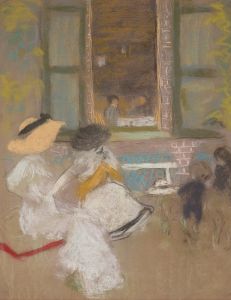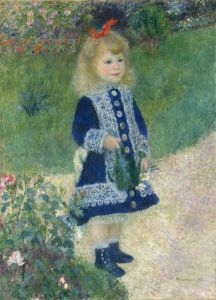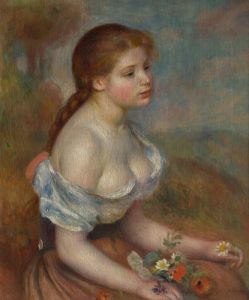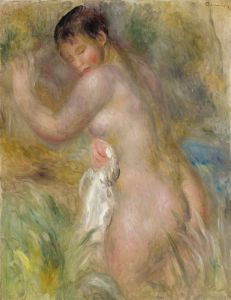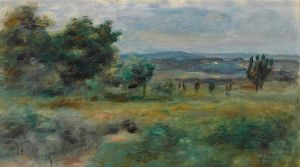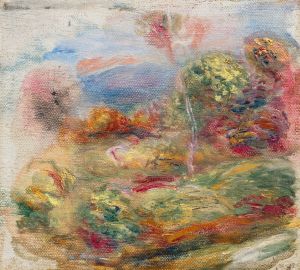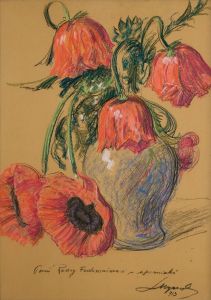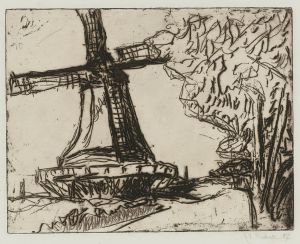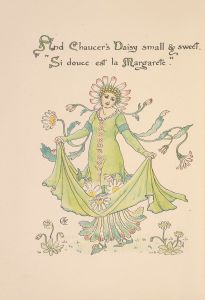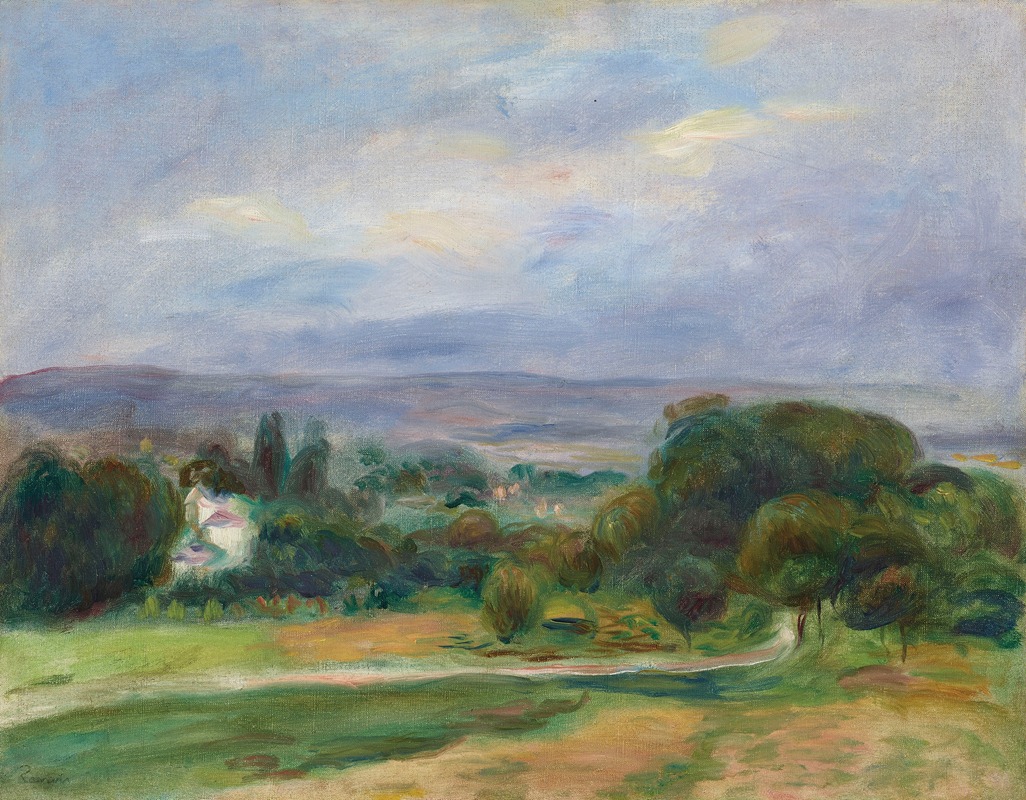
Le Sentier
A hand-painted replica of Pierre-Auguste Renoir’s masterpiece Le Sentier, meticulously crafted by professional artists to capture the true essence of the original. Each piece is created with museum-quality canvas and rare mineral pigments, carefully painted by experienced artists with delicate brushstrokes and rich, layered colors to perfectly recreate the texture of the original artwork. Unlike machine-printed reproductions, this hand-painted version brings the painting to life, infused with the artist’s emotions and skill in every stroke. Whether for personal collection or home decoration, it instantly elevates the artistic atmosphere of any space.
Pierre-Auguste Renoir, a prominent French Impressionist painter, is celebrated for his vibrant and light-filled works that often depict scenes of leisure, landscapes, and portraits. Among his extensive body of work, the painting titled Le Sentier (The Path) exemplifies Renoir's mastery of capturing natural light and his fascination with the beauty of the outdoors.
Le Sentier is a landscape painting that showcases a serene path winding through a lush, sunlit environment. Renoir's characteristic brushwork is evident in the soft, fluid strokes that bring the foliage and dappled light to life. The painting reflects his Impressionist approach, focusing on the effects of light and atmosphere rather than precise details. The use of warm, harmonious colors creates a sense of tranquility and invites the viewer to imagine walking along the path.
The exact date of the painting is not definitively documented, but it is consistent with Renoir's work during the height of the Impressionist movement in the late 19th century. During this period, Renoir often painted en plein air (outdoors), a technique embraced by many Impressionist artists to capture the immediacy and changing qualities of natural light. This approach allowed Renoir to convey the fleeting beauty of nature with spontaneity and vibrancy.
Renoir's landscapes, including Le Sentier, were influenced by his admiration for earlier masters such as Camille Corot and Claude Monet, as well as his desire to explore the interplay of light and shadow. While Renoir is perhaps best known for his depictions of human figures, his landscapes demonstrate his versatility and deep appreciation for the natural world.
The painting is part of Renoir's broader exploration of rural and suburban settings, which often served as a retreat from the bustling urban life of Paris. These works reflect a sense of peace and simplicity, capturing moments of quiet beauty in the French countryside.
As with many of Renoir's works, Le Sentier has been displayed in various exhibitions and collections, contributing to the enduring legacy of the Impressionist movement. However, specific details about its current location or ownership are not readily available in public records.
Le Sentier remains a testament to Renoir's ability to evoke emotion and atmosphere through his innovative use of color and light, solidifying his place as one of the most influential artists of his time.





